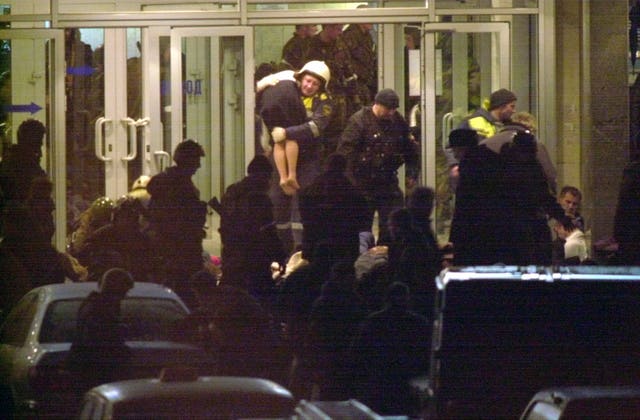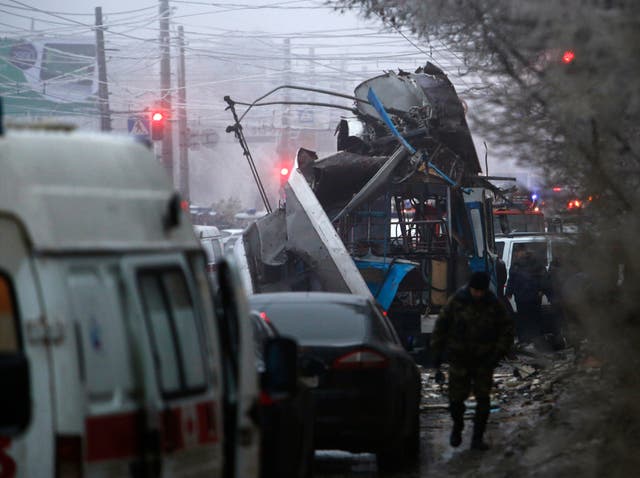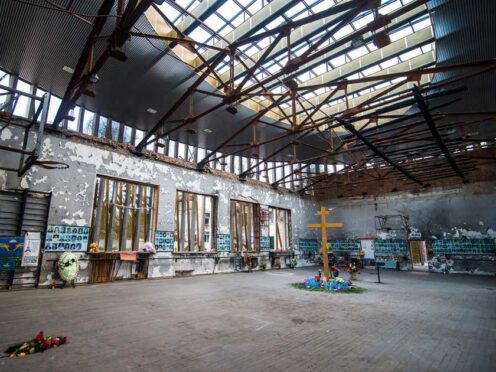The attack on a Moscow concert hall in which armed men opened fire and set the building ablaze, killing at least 133 people, was the latest in a series of bombings and sieges that have unsettled and outraged Russians during Vladimir Putin’s nearly quarter-century as either prime minister or president.
Friday’s attack on the Crocus City Hall, for which a faction of so-called Islamic State in Afghanistan claimed responsibility, followed several years of quiet.
However, its scale and cruelty placed it among the most violent and shocking of attacks on Russian soil.
Here is a look at major attacks since Vladimir Putin became Russia’s prime minister for the first time in August 1999:
– Apartment block bombings
Over a two-week period in September 1999, four apartment buildings were bombed in Moscow and two other cities, killing 307 people. Officials blamed militants from the separatist region of Chechnya.
But serious doubts about the claim of Chechen involvement arose when officials reported sacks of explosives attached to a detonator in an apartment building in Ryazan.

Three men with cards identifying them as members of the Federal Security Service, which Mr Putin had headed until becoming prime minister a month earlier, were detained on suspicion of planting the material.
The security service later claimed it had been conducting a drill and the sacks contained harmless material.
But by then Mr Putin had used the incident to justify launching an air assault on the Chechen capital, beginning the second full-scale war in the region.
– Theatre crisis
On October 23, 2002, about 40 Chechen militants stormed a Moscow theatre where a popular musical was under way, taking some 850 people hostage and planting explosives in the auditorium.
They demanded the withdrawal of Russian forces from Chechnya.
Russian special forces elected not to storm the theatre because of its difficult layout and the presence of explosives in the hall.

Over the next two days, prominent politicians and journalists arrived at the theatre to negotiate with the hostage-takers.
On the morning of the fourth day, Russian forces pumped an unidentified sleeping gas into the building’s ventilation system, killing the assailants. At the same time, 132 hostages died, mostly from the effects of the gas.
– School seizure
Attackers directed by Chechen warlord Shamil Basayev stormed into a school in the Russian town of Beslan, near Chechnya, on the morning of September 1, 2004, the first day of school, when many children were accompanied by their parents.
The number of hostages held by the militants was estimated at about 1,100.

Two days later, a severe explosion shook the building and Russian forces rushed in.
When the fighting was over, 334 civilians were dead or fatally wounded, more than half of them children, along with 31 attackers.
– Public transport
Russia’s underground system, with large numbers of people in restricted spaces, was a frequent target.
A suicide bomber killed 41 people on a Moscow tube train in February 2004.
Five months later, one day before the Beslan attack, a female suicide bomber blew herself up outside a Moscow station, killing 10 people and her accomplice; the bomb may have been intended for a train but detonated prematurely.

Suicide bombings of two Moscow tube trains about 40 minutes apart in March 2010 killed about 40 people.
In 2013, suicide bombers targeted a train station and a bus on consecutive days in Volgograd, killing 34 people in all.
Fifteen people died in a suicide bombing in 2017 of the St Petersburg underground, one of the world’s deepest systems.
– Air transport
A week before the Beslan school seizure, suicide bombers destroyed two planes on the same night, killing all 90 passengers and crew aboard.
Both planes had taken off from Moscow’s Domodedovo Airport.
Suicide bombers also attacked the airport in 2011, killing 37 people.
In 2015, a bomb blew up a Russian charter airliner flying tourists home from the Egyptian resort Sharm el-Sheikh, killing all 224 passengers.
A faction of IS claimed responsibility.
